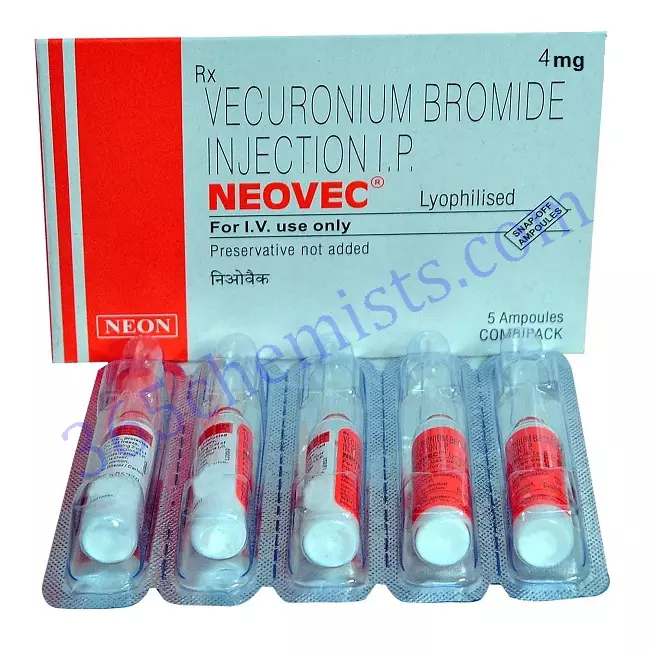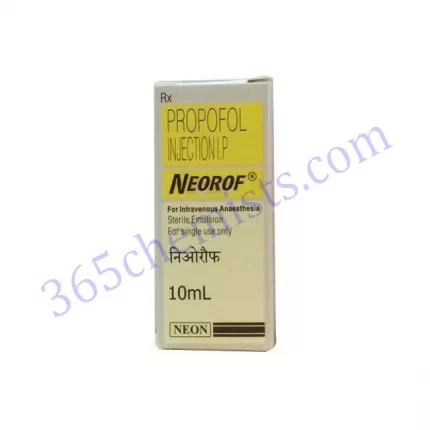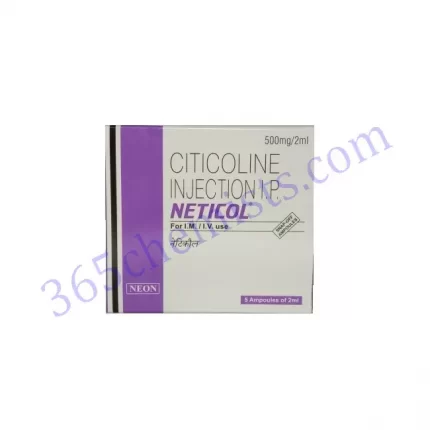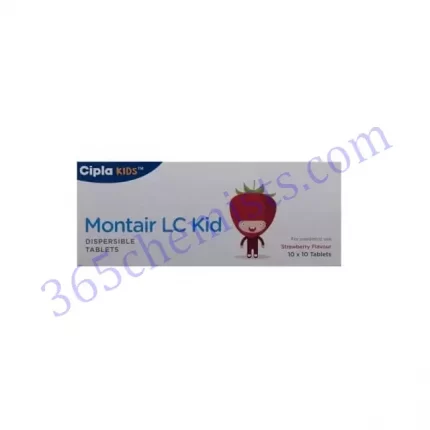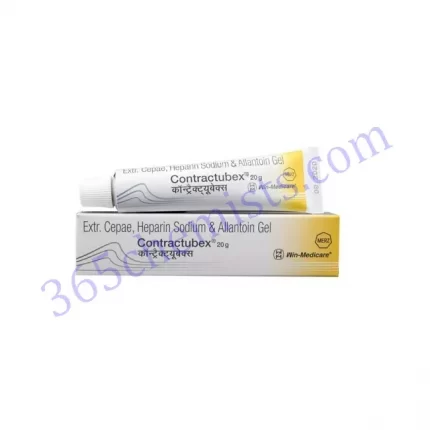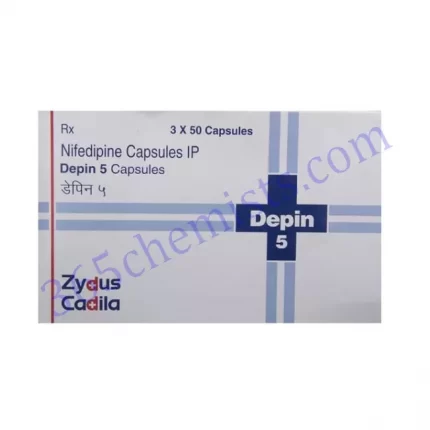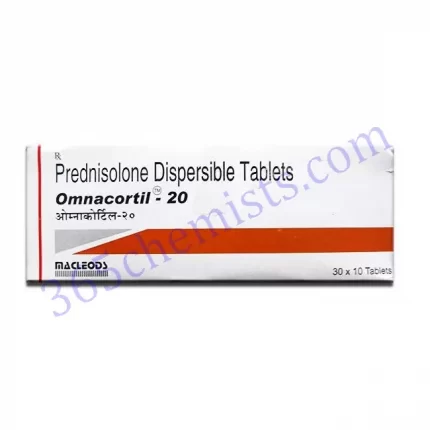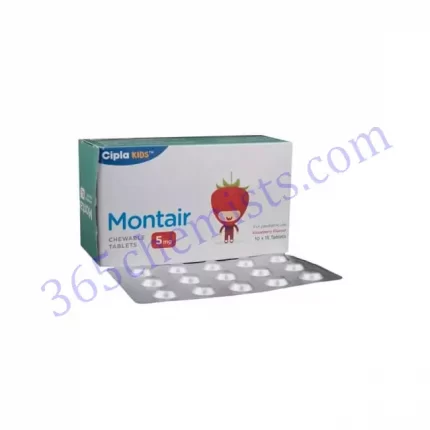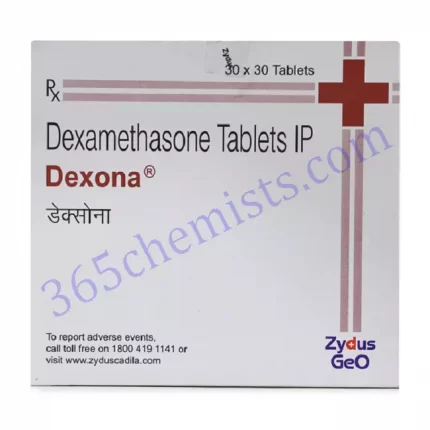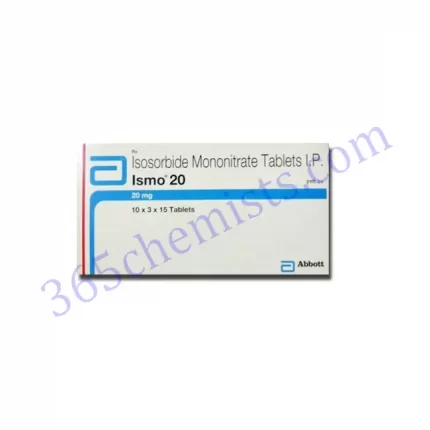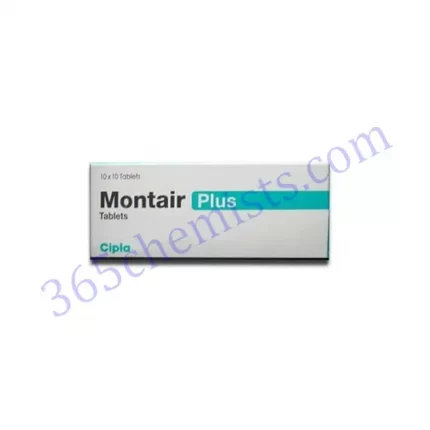Neovec 4mg Injection: Enhancing Patient Safety with Vecuronium
During surgical procedures and mechanical ventilation, the neuromuscular blocking agent Neovec 4mg Injection, which contains vecuronium, is administered to achieve muscle relaxation and facilitate intubation. When it comes to the administration of Neovec 4mg Injection, this comprehensive guide examines the action mechanism, provides guidelines for correct usage, and emphasises the significance of patient safety.
Understanding Vecuronium’s Role in Anesthesia
Muscle paralysis is the result of a non-depolarizing neuromuscular blocker called vecuronium. This neuromuscular blocker works by competing with acetylcholine at the neuromuscular junction. Its clinical utility lies in the provision of ideal conditions for surgical procedures, the facilitation of mechanical ventilation, and the assurance of the patient’s comfort throughout the surgical process.
The Power of Neovec 4mg Injection
Neovec 4mg During the administration of anaesthesia, the power of vecuronium can be harnessed through injection to produce profound muscle relaxation. Because of its rapid onset of action and moderate duration of effect, it is a reliable option for a variety of surgical interventions.
How Neovec 4mg Injection Works
Vecuronium is able to produce its effect by inhibiting neuromuscular transmission, which is accomplished through the blocking of acetylcholine receptors at the motor endplate. This results in the relaxation of the muscles and makes it easier to intubate the endotracheal tube for controlled ventilation.
Proper Usage Guidelines
Neovec 4mg Injections should only be given in clinical settings that are outfitted with the necessary tools for airway management and mechanical ventilation, and only by trained anaesthesia providers. The dosage and infusion rates are adjusted according to the needs of each individual patient, taking into account factors such as age, weight, and the patient’s current medical condition.
Enhancing Patient Safety
When giving an injection of Neovec 4mg, the patient’s safety should always come first. To have a successful and risk-free anaesthesia procedure, it is necessary to perform a complete and accurate assessment of the patient, as well as continuous monitoring and airway management.
Benefits of Neovec 4mg Injection
Rapid Onset: 4 milligrammes of Neovec The rapid relaxation of muscles brought on by injection speeds up the process of achieving anaesthesia.
Duration of Action: Intermediate Because this medication’s effects last for an intermediate amount of time, it can maintain muscle relaxation even during extended surgical procedures.
Control Precisely: The reversible blockade that vecuronium produces enables precise control of muscle relaxation, which contributes to improved surgical precision and increased patient safety.
Potential Side Effects and Precautions
Although Neovec 4mg Injection is generally well tolerated, some patients may experience adverse effects such as bradycardia, hypotension, or allergic reactions. In general, Neovec 4mg Injection is well tolerated. Close monitoring of the patient in conjunction with an accurate assessment of their condition helps identify and manage any potential adverse reactions.
Considerations for Special Populations
When treating paediatric patients, elderly patients, or patients in critical condition with Neovec 4mg Injection, extra precautions must be taken. Because of the individual variability and the possibility of co-morbidities, it is possible that dosage adjustments will be required.
Complementary Anesthesia Management
Neovec 4mg Injection is frequently used as a component of more all-encompassing anaesthesia plans. When combined with other anaesthetic agents, it enables more balanced anaesthesia, which in turn leads to better outcomes for patients.
Storage and Handling
Neovec 4mg Injection should be stored in accordance with the instructions provided by the manufacturer. This means that it should be kept in a climate-controlled setting, away from light and moisture. The medication must be stored correctly to preserve both its integrity and its effectiveness.
Neovec 4mg Injection in Critical Care Settings
In addition to its role in surgical procedures, Neovec 4mg Injection is also employed in critical care settings, such as intensive care units (ICUs). In these settings, Vecuronium’s ability to provide profound muscle relaxation is utilized to manage patients requiring mechanical ventilation, particularly those with acute respiratory distress syndrome (ARDS) or other respiratory conditions.
Mechanical Ventilation in ARDS
ARDS is a life-threatening condition characterized by severe inflammation of the lungs and compromised gas exchange. Patients with ARDS often require mechanical ventilation to support their breathing. Neovec 4mg Injection plays a crucial role in these cases by facilitating controlled and synchronized ventilation.
Conclusion
Neovec 4mg In the field of contemporary anaesthesia, the use of injections that contain vecuronium is an extremely helpful tool. Because it can reliably relax muscles during surgical procedures and mechanical ventilation, it makes patient care both safer and more effective overall.
The administration of Neovec 4mg Injection requires expertise as well as close monitoring throughout the process, just like any other medical procedure. Providers of anaesthesia play a crucial part in ensuring the patient’s safety as well as the best possible outcomes. Anaesthesia providers are able to maximise the benefits of Neovec 4mg Injection while placing the utmost importance on the safety of their patients if they follow the correct usage guidelines, closely monitor their patients, and take into account the specific requirements of each patient. Let us harness the power of Neovec 4mg Injection together so that we can improve patient care through the administration of anaesthesia that is both safe and effective.

